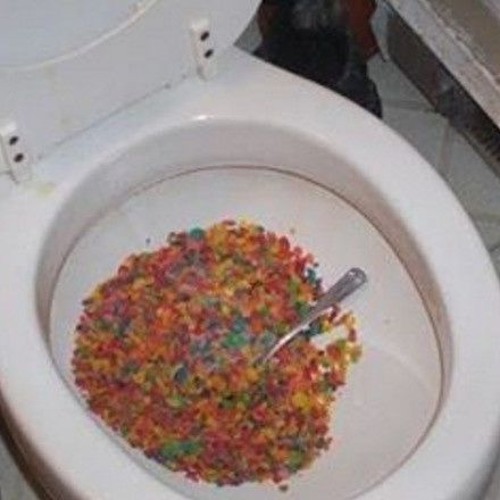How do you feel on the subject of Is it safe to flush food (especially rice) down the toilet??

Intro
Many individuals are often faced with the problem of what to do with food waste, particularly when it involves leftovers or scraps. One usual concern that develops is whether it's okay to flush food down the commode. In this post, we'll explore the reasons why people could take into consideration flushing food, the consequences of doing so, and different techniques for appropriate disposal.
Reasons that people might take into consideration purging food
Lack of awareness
Some people might not be aware of the potential damage caused by flushing food down the commode. They may incorrectly think that it's a safe practice.
Ease
Flushing food down the commode may seem like a fast and simple option to throwing away unwanted scraps, specifically when there's no close-by garbage can offered.
Laziness
Sometimes, individuals may just pick to flush food out of sheer laziness, without considering the repercussions of their activities.
Effects of flushing food down the commode
Ecological effect
Food waste that winds up in rivers can contribute to air pollution and damage marine ecosystems. In addition, the water utilized to purge food can stress water resources.
Plumbing issues
Flushing food can cause clogged up pipelines and drains pipes, creating pricey pipes repairs and hassles.
Sorts of food that should not be flushed
Coarse foods
Foods with coarse appearances such as celery or corn husks can obtain entangled in pipelines and cause clogs.
Starchy foods
Starchy foods like pasta and rice can absorb water and swell, resulting in blockages in pipes.
Oils and fats
Greasy foods like bacon or cooking oils should never be flushed down the commode as they can solidify and create clogs.
Correct disposal approaches for food waste
Using a waste disposal unit
For homes outfitted with waste disposal unit, food scraps can be ground up and flushed via the plumbing system. Nevertheless, not all foods appropriate for disposal in this fashion.
Recycling
Particular food packaging products can be reused, minimizing waste and decreasing environmental influence.
Composting
Composting is an environmentally friendly method to dispose of food waste. Organic materials can be composted and made use of to improve dirt for gardening.
The significance of appropriate waste monitoring
Reducing environmental harm
Proper waste management practices, such as composting and recycling, aid lessen contamination and protect natural resources for future generations.
Protecting pipes systems
By preventing the technique of flushing food down the toilet, home owners can avoid costly plumbing fixings and preserve the honesty of their plumbing systems.
Verdict
To conclude, while it might be alluring to purge food down the commode for benefit, it is essential to understand the possible repercussions of this activity. By adopting correct waste management techniques and disposing of food waste properly, people can add to much healthier plumbing systems and a cleaner atmosphere for all.
FLUSH FOOD DOWN THE TOILET?
FLUSHING FOOD CAN CAUSE BLOCKED DRAINS IN YOUR HOME
All of the plumbing fixtures in your home are connected to the same sewer pipe outside of your home. This outdoor sewer pipe is responsible for transporting all the wastewater from your home to the Council sewer mains. Even small pieces of food that go down the kitchen sink can cause problems for your sewer. It should therefore be obvious that flushing larger bits of food, such as meat, risks a clog in either the toilet itself or the sewer pipes. Flushing greasy food is even more problematic because oil coagulates when it cools, coating the interior lining of your pipes.
THE TOILET IS NOT A BIN
Food isn’t the only thing that people shouldn’t be flushing down the toilet. People use the toilet to dispose of all kinds of things such as tampons, makeup wipes, dental floss, kitty litter and even underwear. Water goes to great lengths to educate residents about the high costs and stress placed on wastewater treatment systems simply from people flushing the wrong stuff down the toilet. It costs taxpayers millions of dollars each year, and homeowners thousands in blocked drain repairs.
FLUSHING FOOD IS A WASTE OF WATER
Flushing food is a waste of our most precious resource - water. In June this year Level 1 water restrictions were introduced to protect water supply from drought conditions. Much of New South Wales continues to be affected by prolonged drought with recent figures revealing up to 97 per cent of the state remains in drought. Depending on whether you have a single or dual flush toilet, every single flush uses between five and 11 litres of water. In the current climate this is a huge amount of water to be wasting on flushing food that should be placed in the bin (or better yet, the compost).
https://www.jabplumbingsolutions.com.au/blog/can-you-flush-food-down-the-toilet

I ran across that page on when looking around the search engines. Feel free to take the opportunity to distribute this page if you enjoyed reading it. Thank you for your time. Return soon.
Call Today